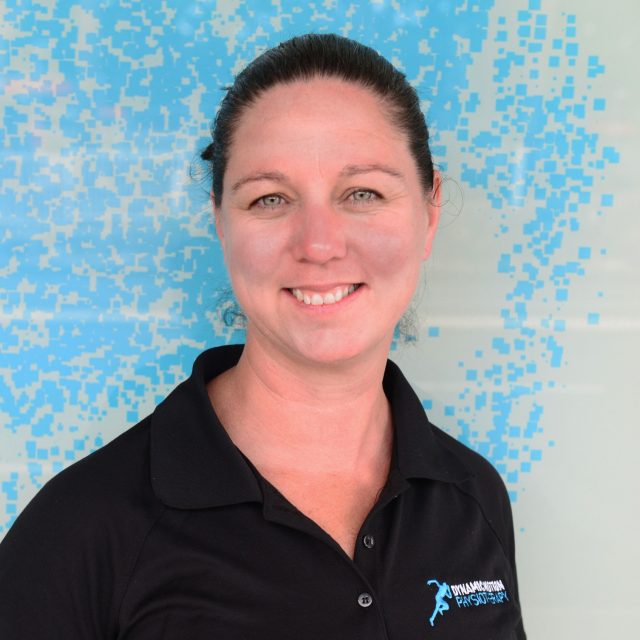Three habits that are causing your school child’s back pain
Mihiri Udabage. Feb 25 2016 at 11:54 AM

Just two weeks into the new school term and Sarah*, 13, has an appointment with the physiotherapist. Her lower back has been aching on and off for the past couple of weeks and it’s not getting better. “It mostly hurts when I’m sitting down,” reports Sarah. The Year 8 student can’t recall any particular incident when she might have incurred an injury. “It just started to ache and now it feels worse,” she tells her physio, Jane Watson.
Watson, a pediatric and spinal physiotherapist, says it’s very common for school students to present at her practice complaining of back pain, some of her patients are as young as 10 years old. Peak periods, she says, are during exams, at the end of the school year, and as children return to school.
While Watson sees patients who are typically already experiencing pain, Chetan Khanna, an occupational therapist and workplace ergonomic consultant has clients who are aiming to prevent it. At Ergonomic Solutions Australia, he is helping families to establish the correct study set up in the home so that children are learning good postural habits from a young age.
So what’s causing back pain in children and what can parents do to prevent it?
Heavy backpacks
“A lot of students are carrying laptops to and from school and that makes the school bag quite heavy,” says Watson. “Also, if the backpack is too heavy and hanging loosely around the shoulders, children tend to lean forward, poke their head forward, and round their shoulders. This posture, if adopted too frequently will often lead to neck and upper back pain.” And a quick look inside the bag will reveal a myriad of books and other materials that children are lugging every day.
What to do:
- Use a backpack that has adjustable wide padded shoulder straps. The straps should be adjusted so the bottom of the backpack sits just above your child’s waist and the bag sits snugly against their back.
- Wear the straps over both shoulders so the load is shared symmetrically.
- Rather than overstuff the school bag, carry some things (e.g. the swim bag) in front of the body.
- If waiting for the bus or train, take the bag off the shoulders.
- Pack the heaviest items so they sit closest to your child’s spine. Use smaller compartments to even out the load and minimize movement inside the bag.
- Load and lift the bag from desk height rather than from the floor.
- Regularly remove unnecessary items from the school bag.
For more tips, Queensland Education offers a comprehensive safety fact sheet for heavy school bags.
Poor sitting posture
“Our spine is designed to be upright, in a neutral ‘S’ position. When children slouch onto desks or sit on their beds to use their digital devices, they are rounding their spine into a ‘C’ shape which puts stress on bony and soft tissue structures in the back,” explains Watson. The feeling of pain that follows is the body’s indicator to change positions or reverse the stress on it.
Khanna says the following three ergonomic principles for students seated at desks will help alleviate the majority of ergonomic complaints:
- Bottoms should sit right back in the chair and the spine should be supported against the chair back. An ideal desk chair will have a back that fits the curve of the spine and flexes and extends as the child moves. “A dynamic chair facilitates movement, and movement when sitting is good,” advises Khanna.
- The feet should be flat on the floor. Adult seats are often too deep for younger children to achieve this position; look for a chair that has a seat pan depth that allows the child’s knees to flex 90 degrees. If feet don’t sit comfortably on the floor, then a footstool can be used. A chair with an adjustable height mechanism means that children of different heights can use the same desk.
- Elbows should be at the level of the desktop when the shoulders are in a relaxed position. Height adjustable desks will help get this position right, but if that’s not in the budget, invest in a height-adjustable chair.
Extended periods in a seated position
“The demands of studying are increasing all the time, especially in years 11 and 12 … yet we are not designed to sit for as long as we do; our bodies work best when they are moving or standing,” says Khanna. Watson has noticed that digital devices often glue children to one spot for a long time, with their heads down. “Children are spending longer periods sitting in front of their screens because digital devices absorb their attention├óÔé¼┬ªat the expense of playing outside and being active.”
What to do:
- Encourage your child to stand up and move around every 30 to 40 minutes. A good exercise is to stand up, lean back with hands-on hips, and gently extend the back a few times to reverse the ‘C’ curve. This can be difficult to achieve during class time so talk to your child’s teacher if you are concerned they are not getting enough movement during the day.
- Limit screen time and encourage your child to move and be active instead.
- Don’t worry too much if your child is moving and fidgeting while seated. “Moving while sitting has actually been shown to help with concentration,” reports Khanna. (The Read and Ride program in the United States provides students with exercise bikes for reading activities and reports an increase in children’s comprehension and enjoyment of books).
- Parents working from home should also remember to model movement and back care.
Watson and Khanna agree that poor postural habits from a young age can be a precursor to back pain later in life. But, posture can be re-learned and new habits put in place. In Sarah’s case, sitting in a slouched position on the floor for group activities and maintaining poor posture in a straight-backed chair for her 80-minute lessons seems to be the cause of her lower back pain. Using her laptop from her bed instead of at a desk is also contributing to her persistent pain. “There are no other significant symptoms and her backache is relieved when she stands up and walks around. It’s most likely a mechanical problem, which is good news because we can treat that with some targeted movements,” explains Watson. “But nothing beats back care education and prevention.”
Watson recommends that parents who are concerned about their child’s back pain seek the advice of medical professionals who promote back care education and the prevention of injuries.
Taken from Sydney Morning Herald. Essential Kids insert. 25th February 2016 http://www.essentialkids.com.au/education/school/primary-school/three-habits-that-are-causing-your-school-childs-backpain-20160221-gmzx8w
knowledge … self-management … prevention



















